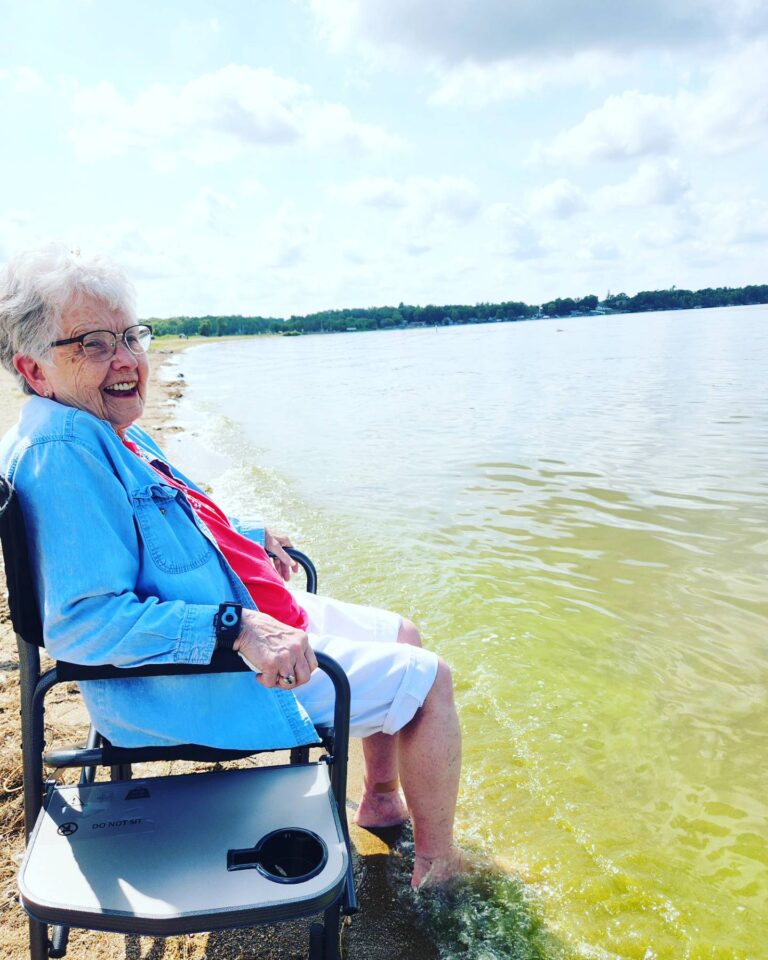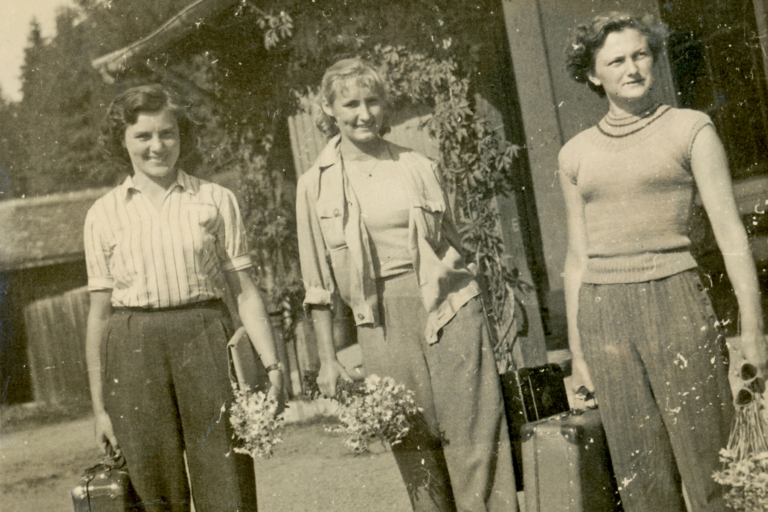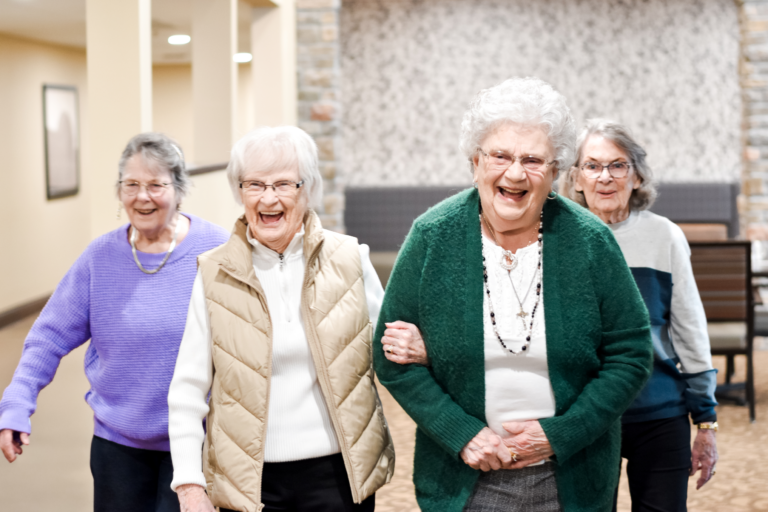
Winter brings many slippery surfaces, which can be especially dangerous for your senior loved ones. For instance, if a child falls, a quick brush off and hug may be all they need to keep going. On the other hand, seniors may take much longer than the younger population to recover.
Because of this slower recovery rate and increased risk of falling, many seniors use mobility aids to stay active. However, these tools can be challenging outdoors, especially on ice and snow. Keep your senior loved ones safe, happy, and healthy this winter by adjusting their mobility aids for slippery terrain and cold weather.
Find Senior Living Near Me
Canes and Walkers
Look at the bottoms when upgrading your senior loved ones’ canes or walkers for winter. According to the Mayo Clinic, the rubber caps on canes are designed for superior grip on the floor. However, ice and snow may damage the tip, rendering it ineffective. Be sure to replace any worn or torn rubber as soon as possible.
Even without wear and tear, the rubber may not be suitable for creating friction on ice and snow. In that case, consider buying ice grips, prong-like devices that better catch the terrain.
“Wheelchair users are less likely to attend winter community outings.”
Wheelchairs
A study published in the journal Archives of Physical Medicine and Rehabilitation found that those who use wheeled mobility devices, such as wheelchairs and scooters, are less likely to attend community outings during winter. The colder weather poses environmental barriers that make leaving home difficult or nearly impossible.
You likely already know that socializing during retirement has myriad benefits, so encourage your loved ones to get out and about by equipping them with the right wheelchair gear. As with cane and walker tips, make sure the tread on the wheels is not too worn or damaged. If your senior loved ones turn the wheels themselves, have them wear waterproof gloves to protect their hands from the moisture collected on the rubber.
Finally, all walkways and ramps must be cleared. Assisted living staff will maintain the areas around the senior living community. Still, you and other family members need to shovel or salt areas around your own homes when older loved ones visit.
Scooters
Motorized scooters are perhaps the most effective way for seniors who need mobility assistance to get around during winter. While the broader tires allow the user to get over small amounts of snow and ice, the battery may not be well-prepared for winter. Batteries typically drain more quickly in cold environments, which can cause your loved one to be trapped in the blustery wind. Ensure you fully charge the device before leaving the senior living community, and always equip the senior with a cell phone to call for help in an emergency.
Footwear
Even when canes or walkers have winter-appropriate tools, your senior loved ones will still need season-appropriate shoes. Non-slip boots that keep the feet warm are best. Just be sure the seniors remove the footwear once indoors to prevent slipping.
A few adjustments are all you need to keep your older family members mobile and safe this season.




